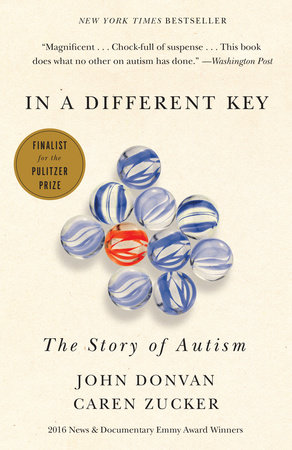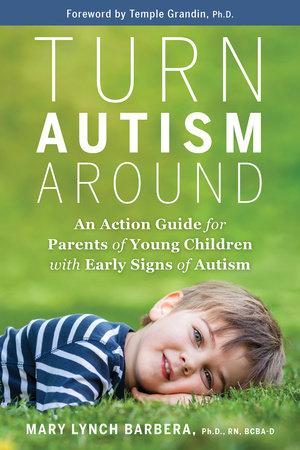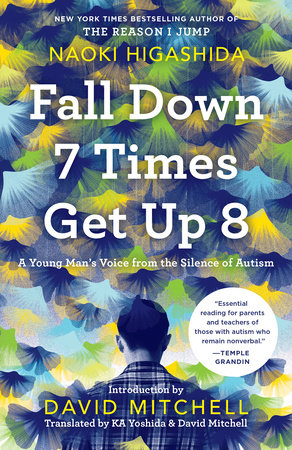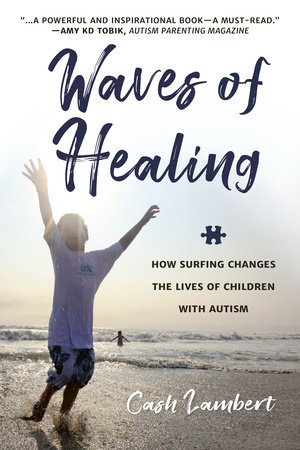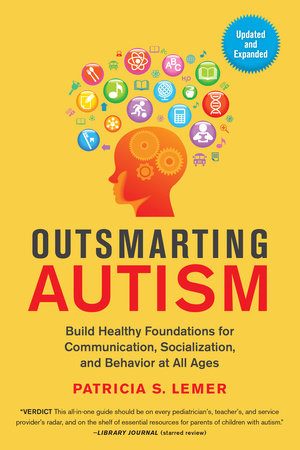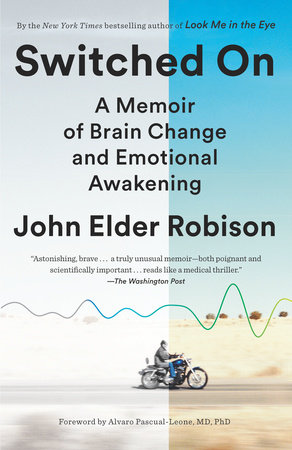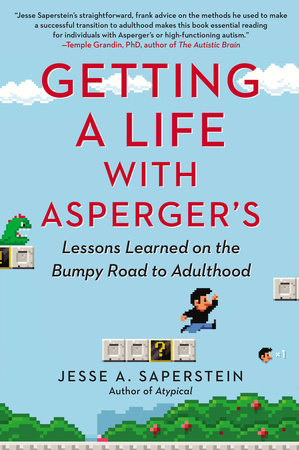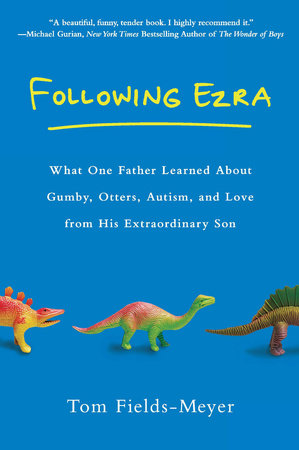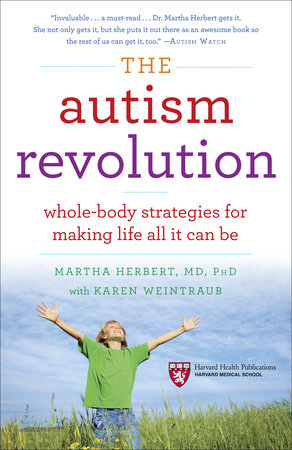Books on Autism That Inform, Advise, and Empower
by Traci Cothran
Autism is so prevalent — affecting 1 in 54 kids, according to the CDC — that most people have heard of it, but many don’t fully understand this condition. Organizations like the Autistic Self Advocacy Network are great resources for learning more about Autism Spectrum Disorder. Parents of children with autism are likely already immersed in information about how to support their children, and these books provide additional perspective for parents, family members, caregivers, friends, and others. Through first-person accounts, research, and history, readers can see the pathway diagnosis and treatment has followed, how advocacy helps, and what may lie ahead for ASD children and adults. These books about autism also all include helpful direction to resources for further information and support.
-
NeuroTribes
Available from:At 500 pages, this is a thorough and scholarly history of the “geek syndrome” or “engineer’s disorder,” as autism has been called. It doesn’t shy away from the difficult parts: Silberman covers Vienna’s child euthanasia program in the 1940s, as well as the era in the ’50s and ’60s when physicians erroneously blamed mothers for causing their children’s autism through their own “emotional detachment” and “overanxiety.” The book’s thesis is that neurodiversity — which understands neurological differences such as autism to be “naturally occurring cognitive variations with distinctive strengths,” and thus not as deficiencies — has added to our society over many ages. These differences are not the product of our own contemporary environment and culture, but rather can be traced back to very old genes that are shared widely (a theory that Hans Asperger himself posited in the first speech on autism back in 1938). Avoiding prescription, Silberman’s book is a fascinating read and provides great background for anyone interested in the topic.
Also available from: -
In a Different Key
Available from:This is another well-researched volume on the history of autism. It covers much of the same ground as NeuroTribes, but follows a more chronological structure with an eye toward public policy developments. Donvan and Zucker detail the work of doctors Hans Asperger and Leo Kenner, and incorporate the stories of many who have struggled with autism since its identification 80 years ago. The reclassification of autism as a spectrum, changes to autism’s definition in the Diagnostic and Statistical Manual of Mental Disorders, advocacy of Autism Speaks (among other groups), and recent efforts to improve health care coverage are all explored. The question of a vaccine link, too, is discussed, and dismissed based on scientific evidence.
In a Different Key concludes by acknowledging that “the story is far from over” and that much more remains to be learned. Yet most people, Donvan and Zucker observe, now accept that having autism “represents but one more wrinkle in the fabric of humanity, and that no one among us is living a life ‘unwrinkled.’”
Also available from: -
Turn Autism Around
Available from:Developmental delays and signs of autism usually show up before 18 months of age, yet children are often not diagnosed until they are four or five years old. In Turn Autism Around, Dr. Mary Barbera — autism mom, BCBA-D, RN, and bestselling author of The Verbal Behavior Approach — empowers parents not to wait for a formal diagnosis by providing them with the tools needed to begin helping their children now. Filled with personal anecdotes from her own journey, Barbera provides practical, research-based ideas for navigating those nerve-wracking first few years of an autism diagnosis. With actionable steps that combine the science of Applied Behavior Analysis (ABA) with a positive, child-friendly methodology, the information in this book will allow autistic children to learn and thrive.
Also available from: -
The Prodigy’s Cousin
This book explores the possible genetic link between prodigies and autism, using many fascinating examples of very young, extremely gifted children. While such a connection has not been demonstrated conclusively, the theory seems to follow the general concept of neurodiversity. Ruthsatz and Stephens provide an engaging narrative, though not one intended to be prescriptive or therapeutic for people with special needs.
Available from: -
Thinking in Pictures, Expanded Edition
Available from:It’s difficult to overestimate the impact Temple Grandin has had on the autism community. She was the first person with autism to explain the condition to those of us who don’t personally experience it, an enormous contribution to understanding and ultimately helping people with autism. Grandin’s story can also reach girls with autism (relatively uncommon), who may recognize parts of themselves in her biography (and may particularly enjoy the HBO movie about her life, “Temple Grandin”). Grandin is accomplished and intelligent, and this book — one of many she’s authored — serves as a bridge between those living inside “the country of autism” and those living outside.
Also available from: -
Fall Down 7 Times Get Up 8
Available from:Naoki Higashida’s first book, The Reason I Jump, was a revelatory invitation inside the mind and heart of a nonverbal 13-year-old boy with autism. With his second book, Higashida returns with the perspective of a young adult, recounting memories of school, family relationships, travel, and the everyday experiences of a person living with autism and interacting with a neurotypical world. Both moving and wise — and reflective of “the immutable beauties of autism” — the memoir also serves as a call to teachers, parents, and those supporting people with autism to reconsider their methods and provide ample room for learning and growth.
Also available from:
-
Additional Reading:
-
Waves of Healing
Also available from:Outsmarting Autism, Updated and Expanded
Also available from:Switched On
Also available from:Getting a Life with Asperger’s
Also available from: -
Following Ezra
Also available from:The Autism Revolution
Also available from:
Editor’s Note: This article was originally published in 2016 and updated in 2021.


